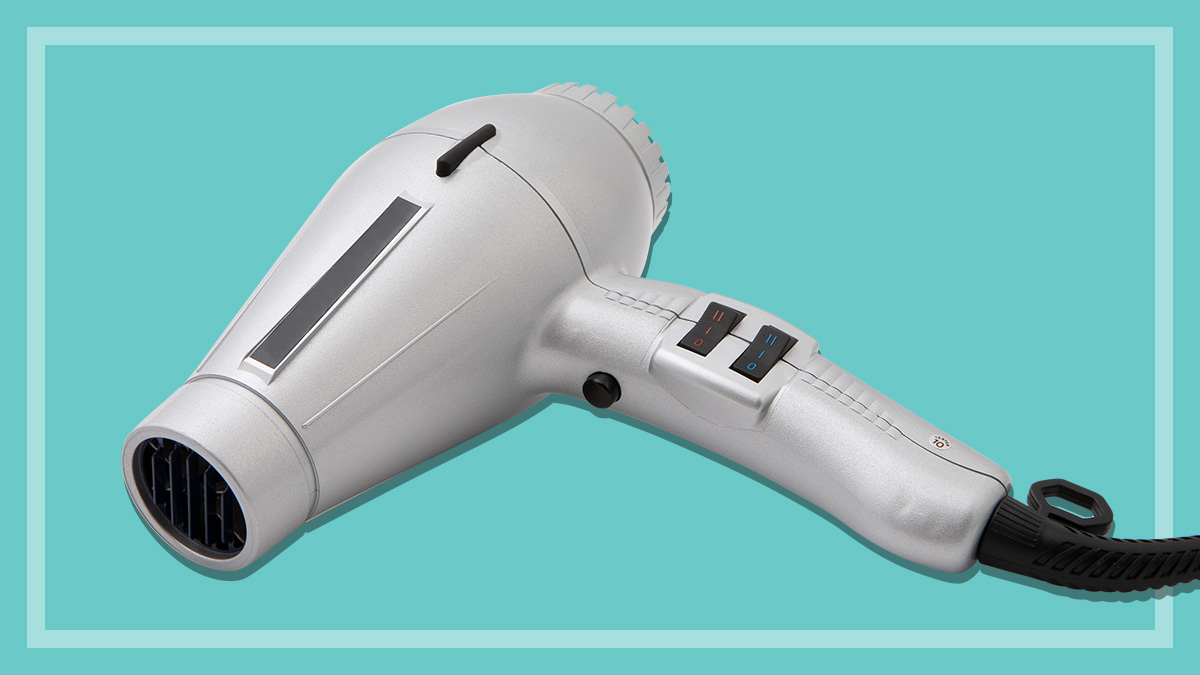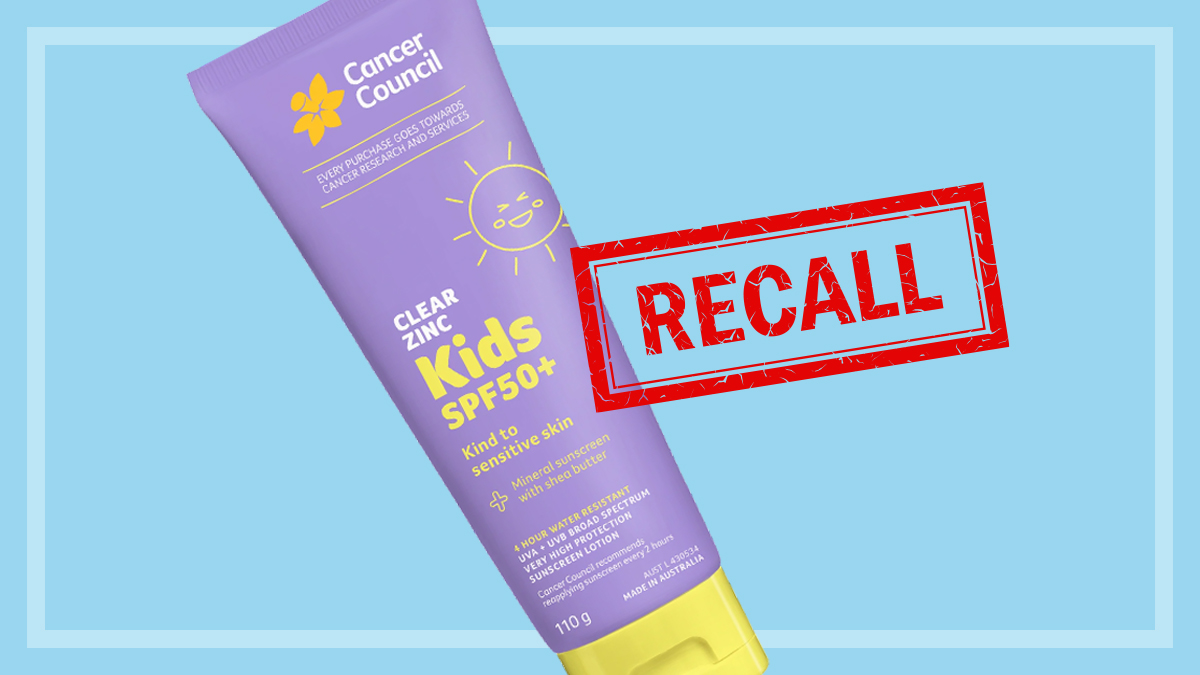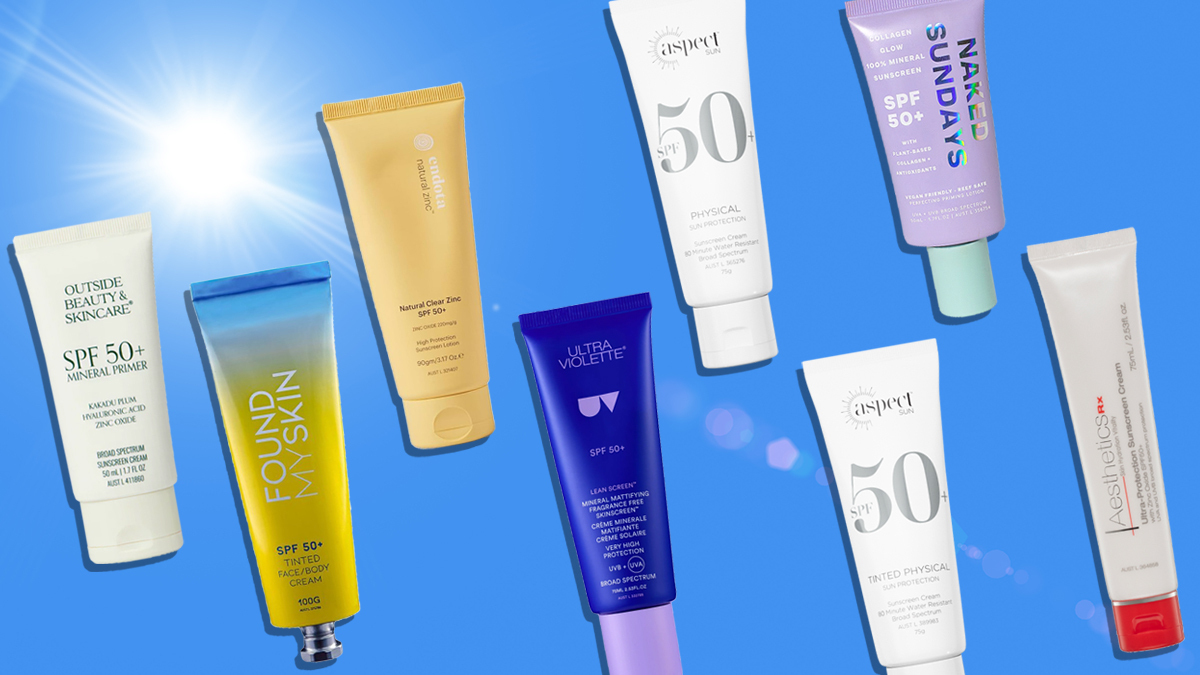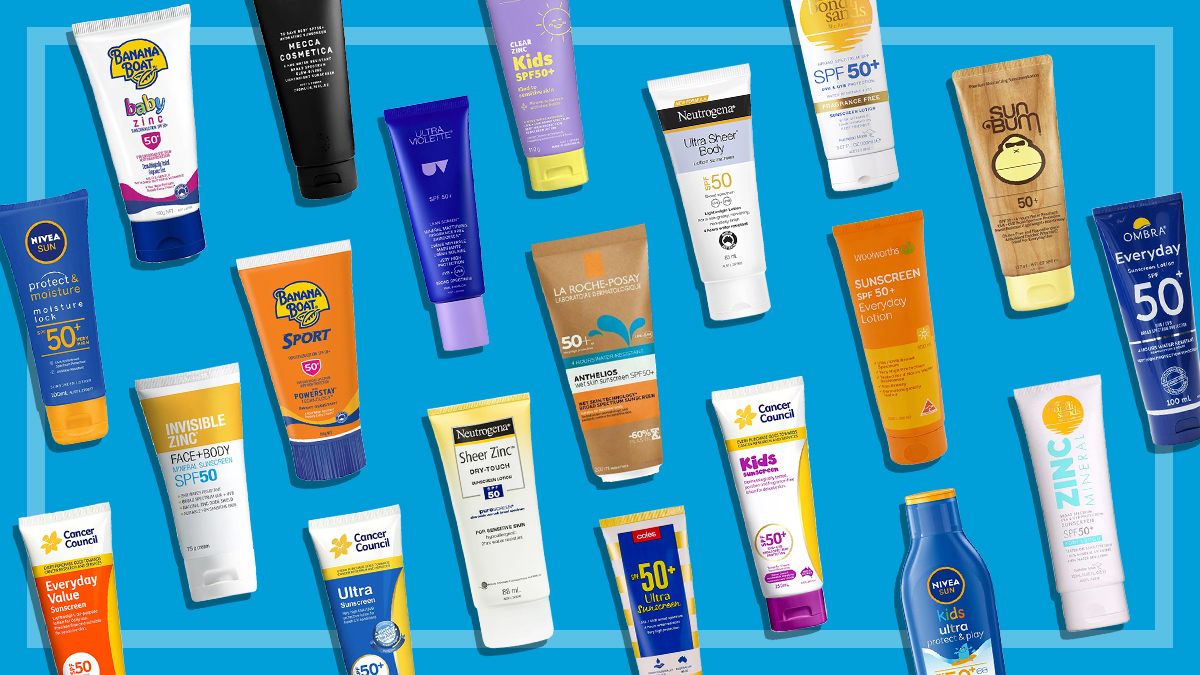Get our independent lab tests, expert reviews and honest advice.
How to buy the best hand sanitiser
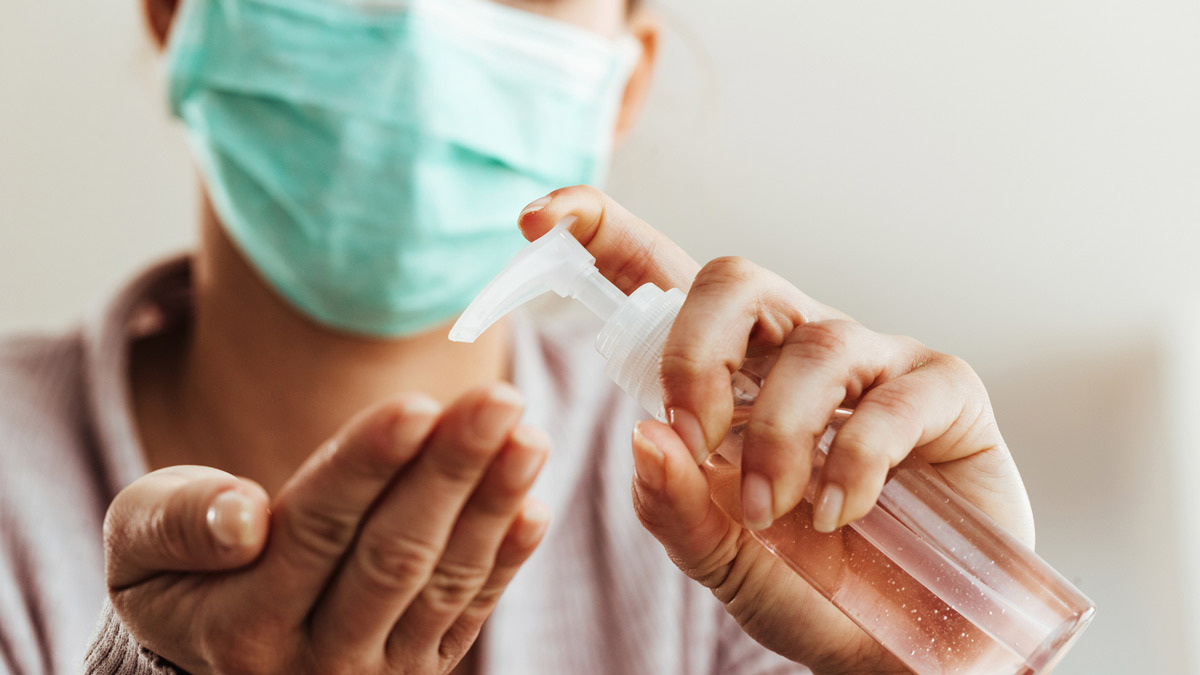
Washing your hands is considered the gold standard for removing germs, but using hand sanitiser is a close second, especially if you’re in a pinch and have no access to soap, water and a sink.
On this page:
- What is hand sanitiser?
- Hand sanitiser and alcohol content
- Spray, pump, squeeze or aerosol?
- How much hand sanitiser should I use?
- Cost
- Can I make my own hand sanitiser?
But not all hand sanitisers are made the same. We’ve commissioned testing to find out just how much alcohol is in hand sanitisers sold by national retailers.
What is hand sanitiser?
Hand sanitiser is an alcohol-based hand rub for use when you don’t have access to soap and clean running water. While soap and water is the preferred method for cleaning and decontaminating your hands effectively, hand sanitiser is an acceptable quick fix to help prevent the spread of microbes.
Hand sanitiser and alcohol content
Ethanol and isopropanol are the recommended types of alcohol for use in hand sanitiser. It doesn’t really matter which one it is, as long as it’s one of them.
Sometimes you’ll notice that the ingredient list doesn’t mention the type of alcohol, and it’ll just say ‘denatured alcohol’. This means that the ethanol or isopropanol has been mixed with a small amount of another ingredient, usually five percent, to discourage ingestion.
The minimum recommended alcohol content for effective hand sanitiser ranges from 60% to 80%, depending on the type of alcohol:
- Centers for Disease Control and Prevention (CDC) in the US recommends hand sanitiser with a minimum of 60% ethanol or 70% isopropanol.
- The World Health Organization formula specifies 80% ethanol or 75% isopropanol.
Without the right amount of alcohol, a hand sanitiser may not be as effective as you might think. But you don’t want above 95%, or it might evaporate before it has time to do its job.
How do you know if hand sanitiser has enough alcohol?
There are a few clues as to whether your hand sanitiser contains enough alcohol to be effective:
- It’ll dry fairly quickly off your hands (most alcohol does).
- It doesn’t create a feeling of stickiness on your hands.
- It smells strongly of alcohol.
Spray, pump, squeeze or aerosol?
The way that a hand sanitiser is dispensed isn’t going to impact heavily on its effectiveness. A pump dispenser may be a little easier if you have difficulty using a squeeze bottle – and of course it means you’re only touching one part of the bottle rather than having to squeeze the entire thing.
Using a spray just means you may lose some in the air (as you also would with an aerosol can) as it disperses onto your hands.
Most of the time you’ll find that sanitisers with a gel consistency will be packaged in pump dispensers or squeeze bottles, whereas sprays and aerosols contain sanitisers in liquid form.
Note that one brand’s sanitiser may contain different levels of alcohol between different types – and even sizes – of container. That’s what we found when we tested 29 types of hand sanitiser for their alcohol content.
How much hand sanitiser should I use?
We’ve found mentions of a pea-sized amount, a squeeze, and a single pump – so there doesn’t seem to be any consistency in amounts.
Common sense would dictate that you use enough to cover your hands easily, but not so much that it’s dripping off your hands.
To make sure that the sanitiser has enough time to be effective, it’s probably best to use enough so that your hands are in contact with it for 30 seconds before it completely evaporates. For a gel, this is likely to be around one teaspoonful, or five millilitres.
Keep in mind that hand sanitiser is not as effective if your hands are visibly dirty or greasy. When that’s the case, get yourself to soap and water as soon as possible.
Cost
We found very different pricing in national retailers, ranging from $1.60/100mL and $10/100mL. And considering our most recent test found that most products had 60% or more alcohol when measured scientifically, we find it difficult to justify the range in pricing. On average, the price comes in at $5.45/100mL.
As far as sizing goes, we found hand sanitisers ranging from 30mL to 1 litre. As usual, the smaller bottles have the higher purchase price per 100mL, so if you can go large you may end up saving in the long run.
But as we mentioned earlier, we discovered that different-sized bottles from the same brand may not contain the same level of alcohol. So just because a brand of sanitiser passed our test in a larger size-bottle, doesn’t necessarily mean it would pass if we tested the smaller bottle, or vice versa.
Can I make my own hand sanitiser?
It’s not recommended to make your own hand sanitiser. This is not only because of the potential hazards associated with storage and the use of large volumes of alcohol, but also because if you use the wrong type of alcohol or ingredient ratio, you could end up with a product that’s ineffective or causes severe irritation to the skin.

